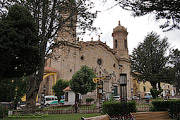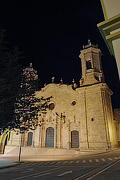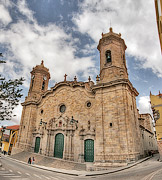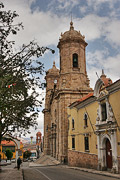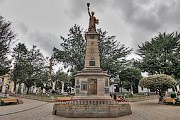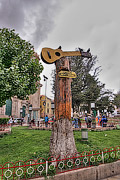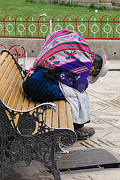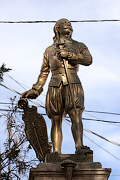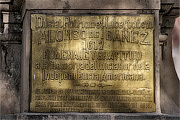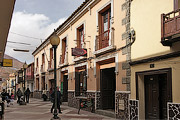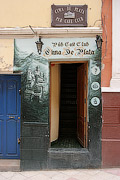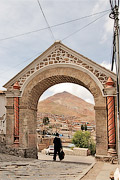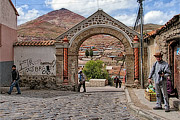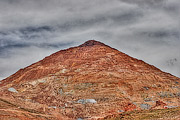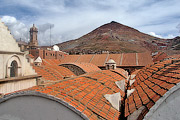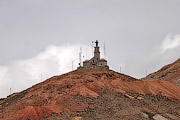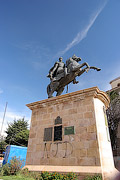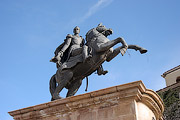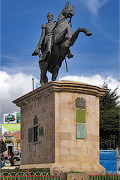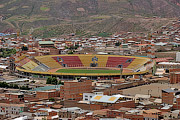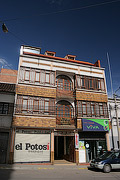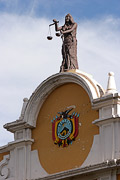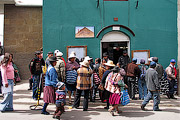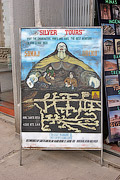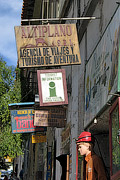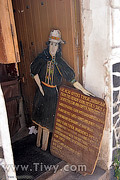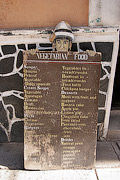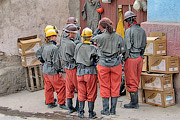Potosi, Bolivia
February 2008
Potosi – is a small, slightly cheerless, but interesting and pleasant town at the height of 4 km above the sea level. The town is a capital of the Bolivian department of the same name. It was founded approximately in 1545-46. In 1625 there used to live 165 thousand people. 400 years later – around 200 thousand. In 1987 Potosi the UNESCO listed it to the world heritage of the humanity.
At the photo above – the Potosi Cathedral at the main town square.
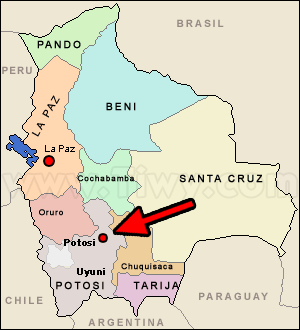
On 10 November 1819 in Potosi the first uprising against the Spanish crown and its deputies took place, whereas on 6 August 1825 independence was declared and Bolivia emerged as a state.
In memory of 10 November uprising, in Potosi in 1890 there appeared a statue of Liberty.
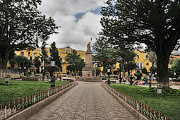
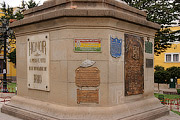
In Potosi at the 10 November square there is a monument which states that the town is is the cradle of charango. But except as in the square, we did not see that guitar anywhere.
Little rest before a long road.
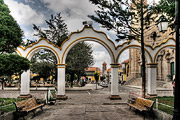
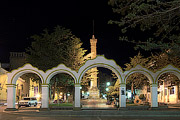
Archery in the square “6 of August”.
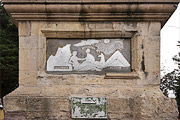
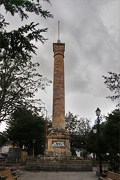
Obelisk in the square “6 of August”.
Creole Alonso de Ibañez in the 17th century stirred up a rebellion of slaves – Indians, blacks and mulattoes against their owners. He was betrayed by a local barber-judas. After a speedy trial he was hanged by Spaniards in January 1613. On May 15, 1909 that monument was erected in memory of him.
Though, on the monument itself and in some other sources it is said, that those events took place in 1617. With this it is also mentioned that the widow of Alonso revenged for her husband's execution – she murdered a Spanish general.
There is a pedestrian street Padilla going along the eastern side of the 6 August square. There is a coffee shop Cherry's, where they cook tasty vegetarian pizza and serve an excellent plum juice.
If you have a few bolivianos in your purse, boldly come inside, you will have a good rest...
In Potosi there are several arches that used to be located at the border of the town, and also separated Indian settlements from the Spanish ones.
The most ancient one out of the presently active is Arco de Magdalena de Cobija. Its sign is present at the 18th century maps. It got its name in memory of the Bolivian Pacific port of the same name, which does not exist any longer, but earlier it was located between the towns (presently Chilean) Antofagasta and Tocopilla.
From anywhere in Potosi one can see a city-forming mountain Cerro Rico. If it were not for it, rich in minerals and sometime ago in silver, there would not be Potosi there either.
Monument to Simon Bolivar. It was erected on July 24, 1984, at the day of the 201st anniversary of his birth.
Mario Mercado stadium. There Bolivians can beat anybody, except the team of the town Lhasa.
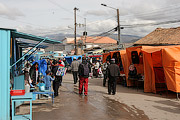
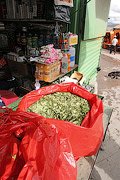
Please, that red bag for me.
Tourist business is well established in Potosi. Bolivians will gladly show the town places of interest, suburbs and underground to tourists. The advanced part of the Earth population – vegetarians – will be able to eat at the every other corner. And hand-made souvenirs for memory will also be sold to you.
A small group of tourists in mining gears are taken around the town.

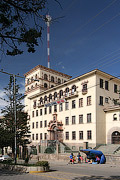
Autonomous University "Tomas Frias".

